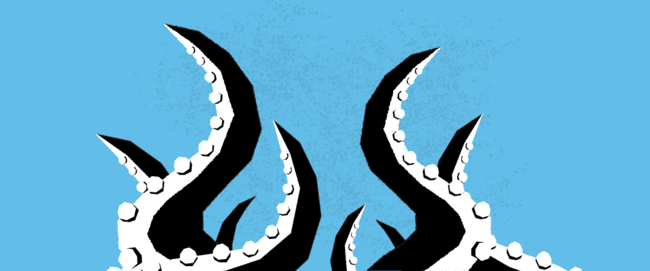
16 April 2015
Releasing CRäKN, Week 1: User Story Mapping and Information Overload
This post is part of a blog series that follows along as we work with our client, CRäKN, to build a software-as-a-service business. First post here.
If there’s a theme for the first week of the CRäKN build, it’s probably “fire hose vs. straw.” Everyone described the week as fun and rewarding, but ultimately, exhausting. Gaslight developer Katherine Tornwall even admitted to crashing on her couch at 8:30 one night after an intense day of discovery.
The project officially kicked off on Tuesday, but some of the CRäKN team has been researching and planning the app for several months. This week, though, was the first time they were in the same space communicating directly with the people designing and building the software. Needless to say, a lot of information sharing needed to happen, so we could arrive at a shared vision for the app.
We spent two full days together in a room doing user story mapping, a process inspired by the Jeff Patton book of the same name. The exercise forces you to shift your focus from the tools and tactics involved with building an app to the viewpoint of the user. Everyone chimed in with what users would need and want to do with the app, and by the end of day two, the walls were covered in a rainbow of Post-it notes documenting different actions, tasks and sub-tasks.
Here’s just one example: The whole team talked about the first time a funeral director takes a call from a new family (an action). Then they broke down the process of taking the call into tasks and sub-tasks. Capturing the name and basic information about the deceased is a task. Underneath that task, there are sub-tasks like asking where the death occurred and whether the deceased is an organ donor. Eventually, these individual elements will become user stories that drive feature development for the app.
Gaslight designer Lauren Woodrick described the experience like this, “We were trying to break things down into their simplest parts, taking the fire hose of information from the CRäKN team and running it through a much tinier tube—a straw.” But CRäKN product owner Shawna Becknell, who’s been on the project for months, had a slightly different take: “I felt like we didn’t even scratch the surface at a high level of what needs to be in the app.”
On Thursday, the whole team faced these differing perspectives head-on with a half-day of release planning. We wanted to figure out the thin layer, or the absolute minimum we need to build before putting a beta version in front of users. There was a lot of discussion and prioritizing as we figured out what was smart and realistic to tackle during the first three months. Some of the Post-It notes from user story mapping didn’t make the cut for phase one, but we arrived at a rough release plan we expect to naturally evolve over time.
While there was good-natured debate about the release plan, everyone’s goal is the same: put working software into the hands of users as soon as possible. “Once your development backlog is driven by your customers, I think that’s when you get real value,” says Gaslight developer James Smith. A beta release (or potentially several) provides so much information we’ll never access by writing code in the office.
On Friday the CRäKN and Gaslight teams split up to work independently and soak up all the insights from the week. Shawna wrote user stories. James and Katherine brainstormed about the best way to start the build. Lauren spent time conceptualizing the user experience and interface.
Check out the Week 2 post to read about co-locating teams, creating a development environment and a rather funny elevator mishap.


